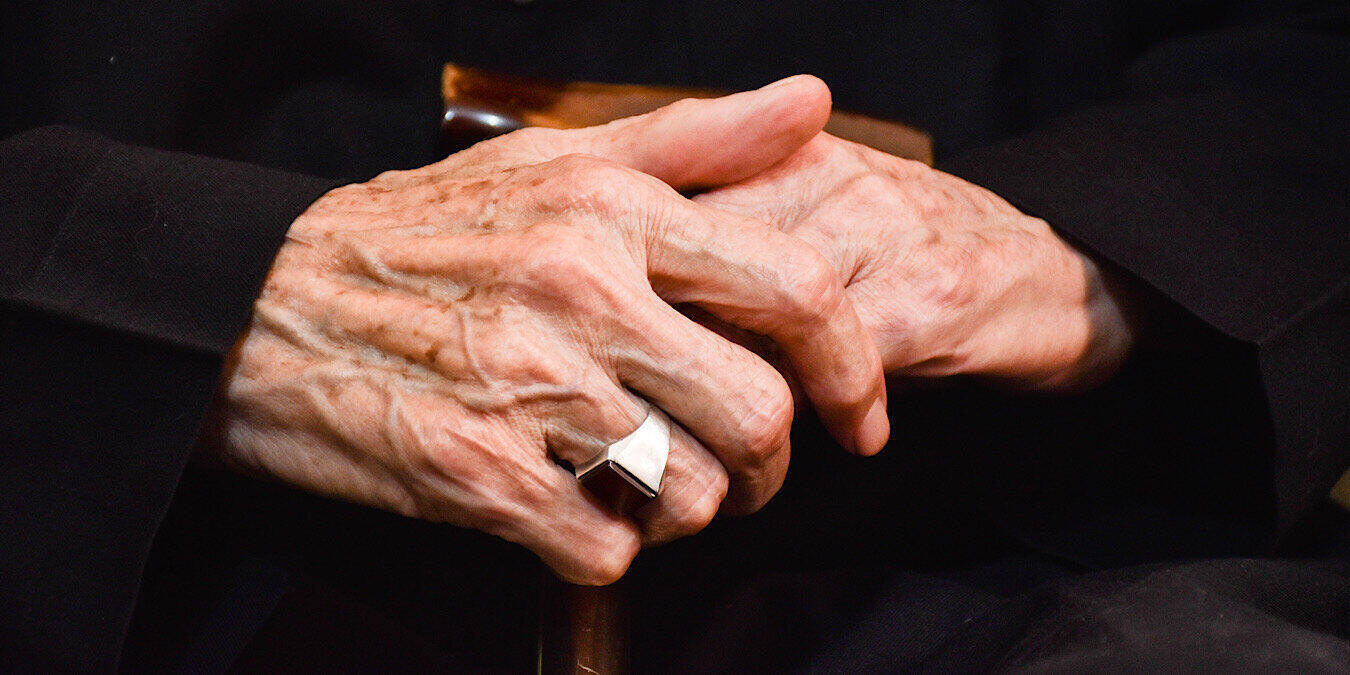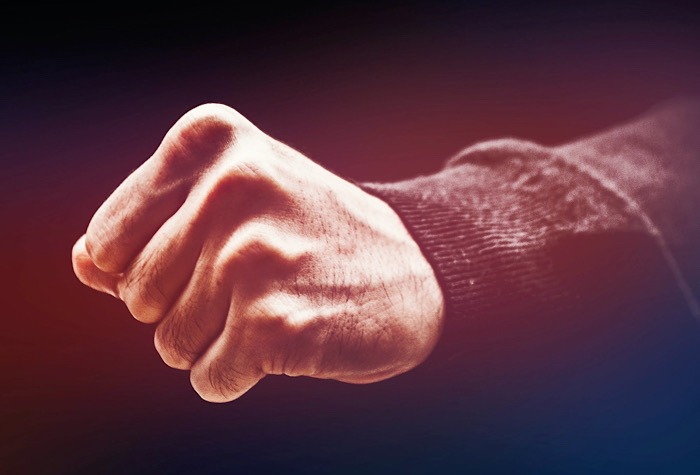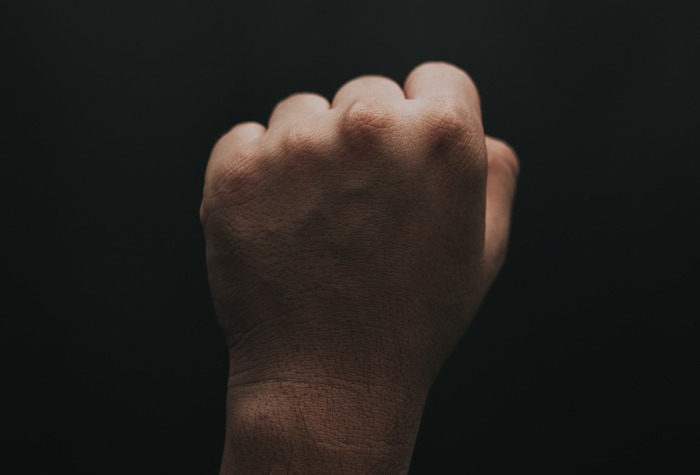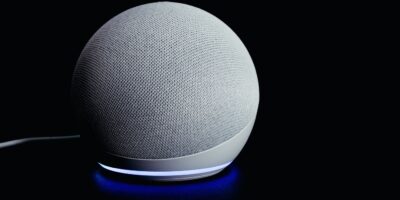
Currently, we can ask our devices and online accounts to recognize us by using our fingerprints or our faces. New artificial intelligence may extend to another body part – veins. What would be the advantages of Vein ID?
Vein ID Technology Introduced by Researchers
We know our fingerprints are unique – that’s why criminals are fingerprinted. And, of course, our faces can certainly be identifying as well. Researchers say the veins on the backs of our hands can do the same.
One of the researchers from Australia’s University of New South Wales’ School of Computer Science and Engineering pointed out that the other biometric recognition methods have “well-known weaknesses.”
Researcher Syed Shah noted that fingerprints could be picked up from some surfaces and duplicated. Images from social media can be pulled and used to bypass facial recognition to gain access to a device. Iris-based technology can be affected by contact lenses.

“Vein patterns lie underneath the skin, thus do not leave any imprint, unlike fingerprints, are not available over social media, unlike facial photographs, and cannot be obtained surreptitiously, unlike irises,” said Shah. “Therefore, we believe that a vein-based approach will be much more difficult to bypass.”
Creating the Vein ID Technology
Researchers aren’t even using anything really high-tech to create this technology. They’re using a commercially-available camera – an Intel Real Sense D415 Depth Camera. 17,500 images were taken from 35 people. Participants made a fist to produce the vein patterns to be recognized.
Artificial intelligence was then used by the researchers to extract “discriminating features” from the photos. They were able to identify people with 99 percent accuracy from a group of 35 people. It’s not clear whether these 35 people were the same ones who helped create the baseline with the photos.
Shah explained, “Specially, the requirement of making (a) fist for vein extraction makes it difficult for an adversary to obtain vein patterns furtively.”

He also acknowledged that vein ID technology has been done before. Previous efforts required specialist technology, while his teams’ efforts only used the commercially-available camera.
The researchers said this vein ID technology would be used for authenticating devices, as fingerprints and facial recognition are used now.
My question with this technology is how it would handle individuals with poor veins. I happen to be one of those people. When I get blood drawn, medical personnel cannot find my veins easily. While the researchers explained this technology works because the veins are under your skin, my veins can’t be found easily by touch or sight. Would I struggle to sign in with Vein ID?
Meanwhile, facial recognition remains controversial. Read on to learn of more difficulties with facial recognition, with plans for law enforcement to use facial recognition drones.









